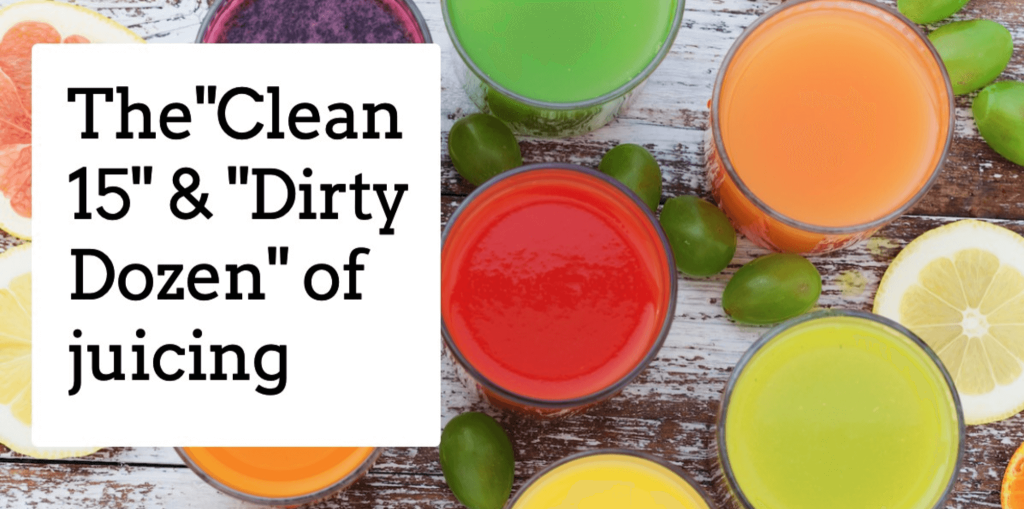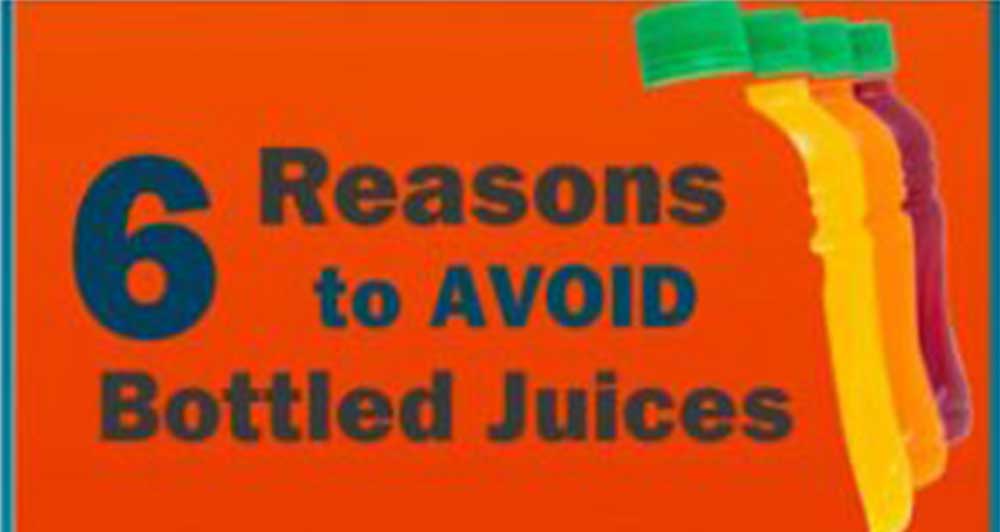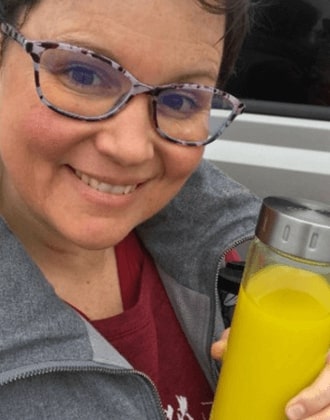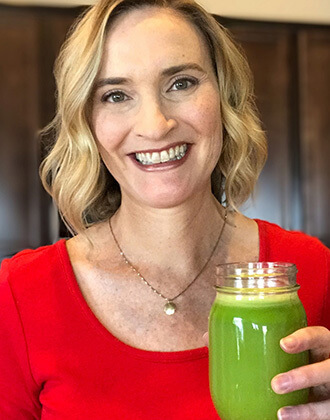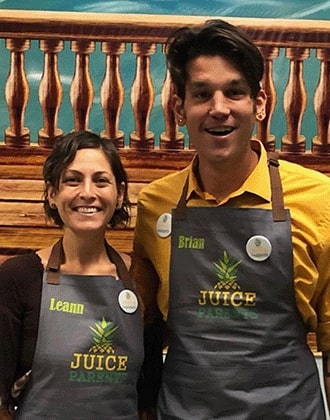Dr. Norman Walker’s research (1970) showed that toxic sprays are retained in the fibers of vegetables and not present in the fiber-free juices. Unfortunately, this theory has not been researched more extensively to date.
We try to use organic as much as possible since vegetables and fruit are sprayed more now than ever. If not, we try to adhere to the “Clean 15” & “Dirty Dozen” when it comes to juicing.
This year, the Environmental Working Group listed strawberries and spinach at the top of its annual Dirty Dozen list — along with kale.
The Environmental Working Group listed strawberries and spinach at the top of its annual Dirty Dozen list — along with kale, a leafy green that has gone from trendy to ubiquitous in recent years.
The EWG bases its list, which is not peer-reviewed, on annual reports from the U.S. Department of Agriculture’s Pesticide Data Program.
More than 99% of produce samples tested for that report had pesticide residues acceptable to the EPA, but EWG believes the federal standards are insufficient.
Here’s the full list of EWG’s “Dirty Dozen” for 2019 with indications of use for juices and/or smoothies:
- Strawberries (SMOOTHIES)
- Spinach (JUICES & SMOOTHIES)
- Kale (JUICES & SMOOTHIES)
- Nectarines (SMOOTHIES)
- Apples (JUICES & SMOOTHIES)
- Grapes (JUICES & SMOOTHIES)
- Peaches (SMOOTHIES)
- Cherries (SMOOTHIES)
- Pears (SMOOTHIES)
- Tomatoes (JUICES)
- Celery (JUICES)
- Potatoes
For its “Clean Fifteen,” EWG selected the following:
- Avocados (SMOOTHIES)
- Sweet corn (SMOOTHIES)
- Pineapples (JUICES & SMOOTHIES)
- Sweet peas (frozen) (SMOOTHIES)
- Onions
- Papayas (SMOOTHIES)
- Eggplants
- Asparagus (JUICES & SMOOTHIES)
- Kiwis (SMOOTHIES)
- Cabbage (JUICES)
- Cauliflower (JUICES)
- Cantaloupes (JUICES & SMOOTHIES)
- Broccoli (JUICES)
- Mushrooms
- Honeydew (JUICES & SMOOTHIES)
The Alliance for Food and Farming has a pesticide calculator that allows shoppers to see, based on peer-reviewed research, how many servings a child, woman or man could eat of any produce item before damage from pesticide residue could occur.
Dr. Norman Walker (circ. 1970) believed when it comes to juicing, the pesticides reside in the fiber of the juices and not in the juices. There has been a lack of testing to date to see if this theory still rings true. That’s why we choose to err on the side of caution when it comes to juicing vegetables and fruit that have been heavily sprayed with pesticides.
